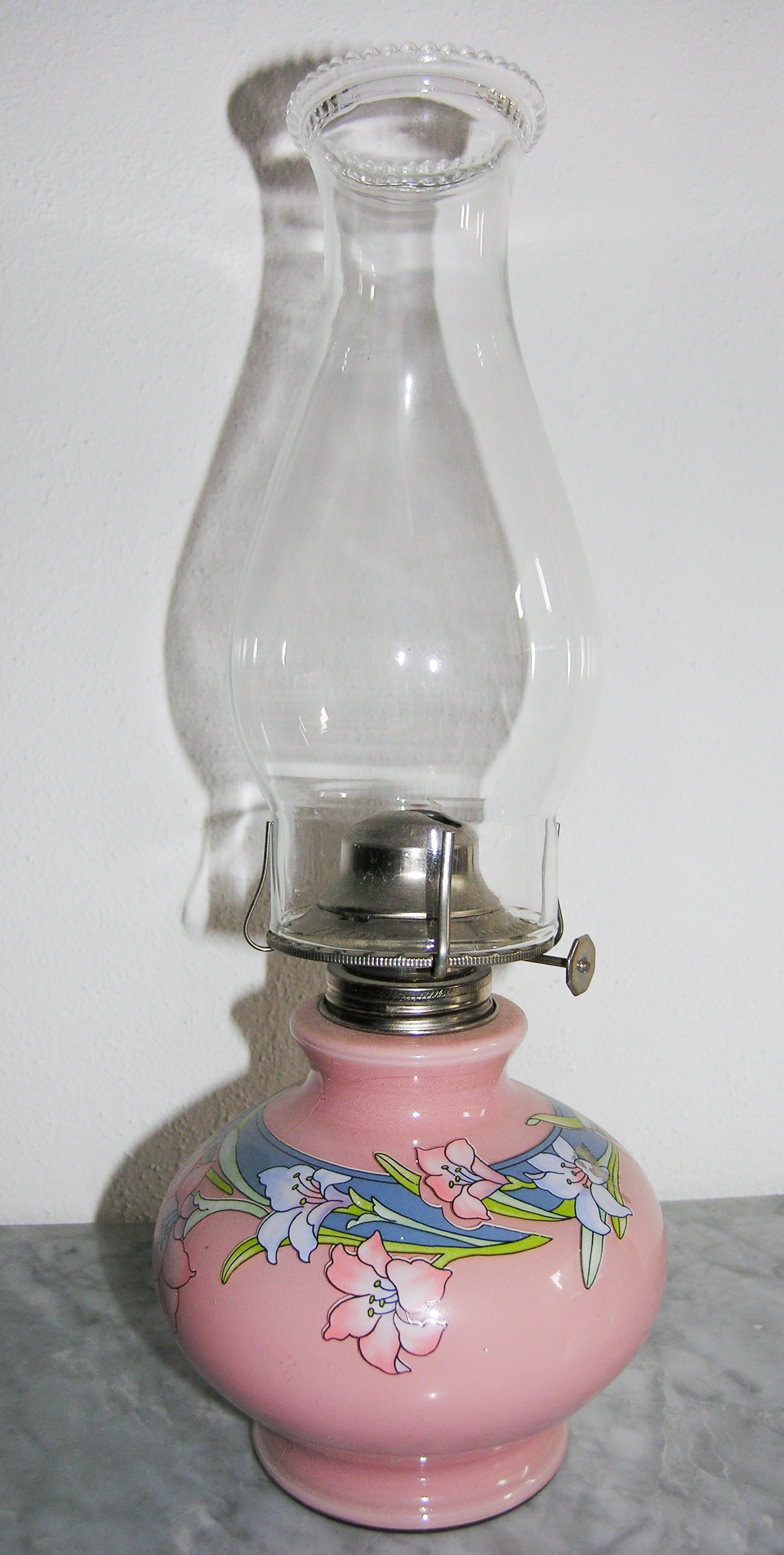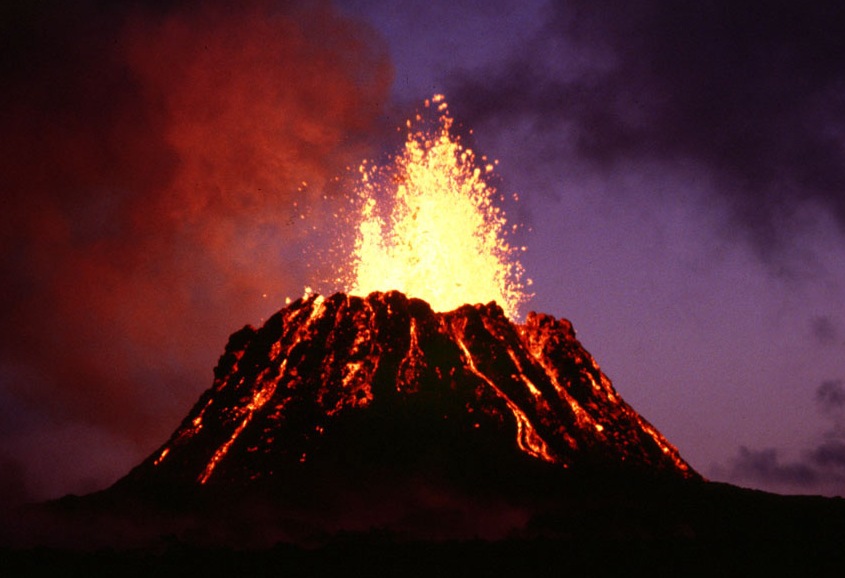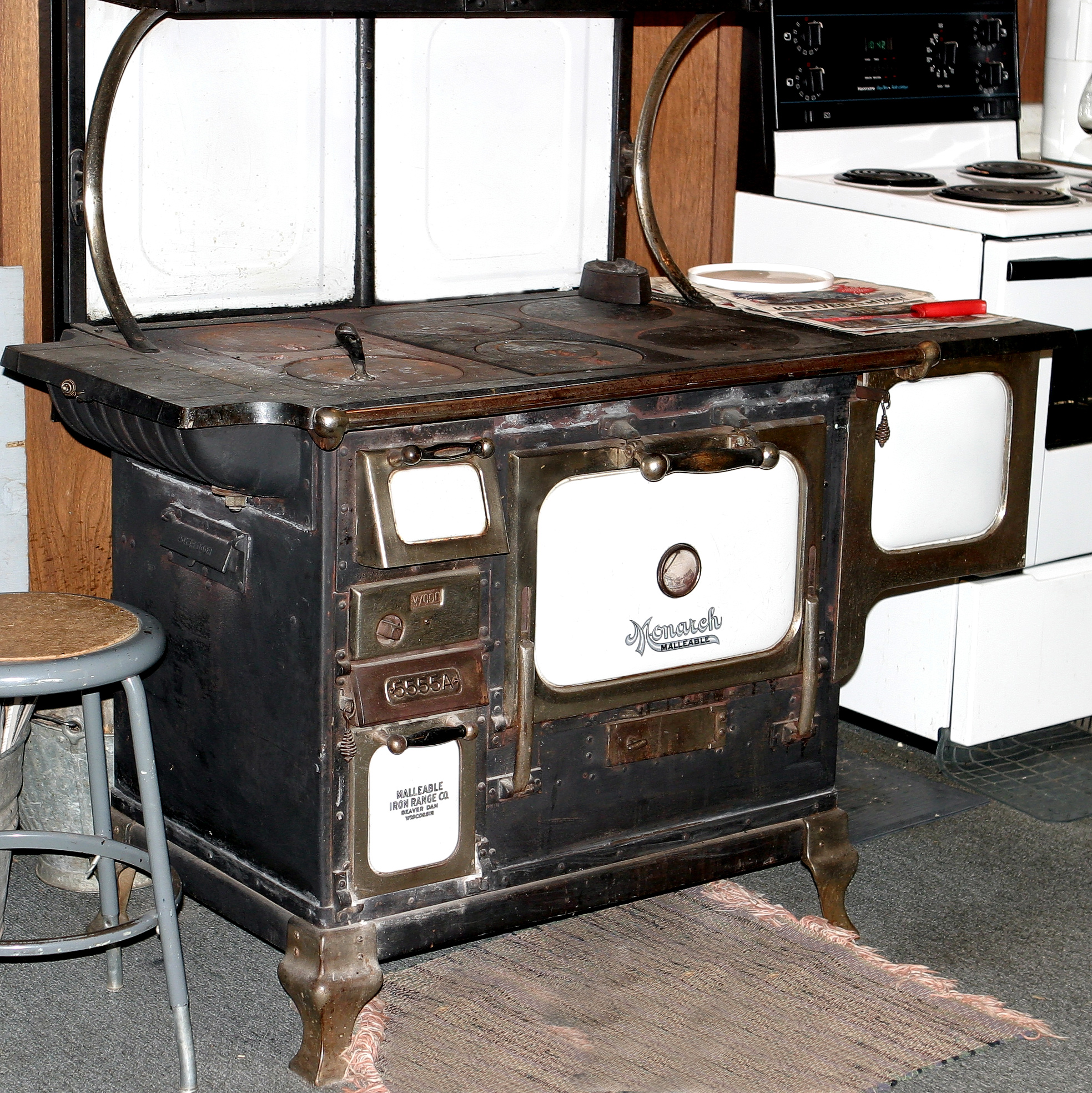|
Petromax
Petromax is a brand name for a type of pressurised paraffin lamp ( US: kerosene lamp) that uses a mantle. They are as synonymous with the paraffin lamp in Continental Europe as Tilley lamps are in Britain and Coleman lanterns are in the United States. History The Petromax lamp was created in 1910 in Germany by Max Graetz (1851–1937), who also named the brand, on the basis of a spirit lamp that was already well-known. Graetz was president of the firm Ehrich & Graetz in Berlin, which developed the lamp, and also the primary designer. He had wanted to create a lighting system fueled by paraffin, which was then a new product. Graetz invented a process to make a gas out of paraffin; which has a very high caloric value and could make a very hot blue flame. Graetz then designed a pressure lamp, working with vaporized paraffin. To start this process, the lamp was preheated with methylated spirit (denatured alcohol), in later models with an integrated blow torch called "Ra ... [...More Info...] [...Related Items...] OR: [Wikipedia] [Google] [Baidu] |
Petromax Lamp British Period
Petromax is a brand name for a type of pressurised paraffin lamp (American English, US: kerosene lamp) that uses a Gas mantle, mantle. They are as synonymous with the paraffin lamp in Continental Europe as Tilley lamps are in United Kingdom, Britain and Coleman Lantern, Coleman lanterns are in the United States. History The Petromax lamp was created in 1910 in Germany by Max Graetz (1851–1937), who also named the brand, on the basis of a spirit lamp that was already well-known. Graetz was president of the firm Ehrich & Graetz in Berlin, Germany, Berlin, which developed the lamp, and also the primary designer. He had wanted to create a lighting system fueled by paraffin, which was then a new product. Graetz invented a process to make a Gas state, gas out of paraffin; which has a very high caloric value and could make a very hot blue flame. Graetz then designed a pressure lamp, working with vaporized paraffin. To start this process, the lamp was preheated with methylated ... [...More Info...] [...Related Items...] OR: [Wikipedia] [Google] [Baidu] |
Ehrich & Graetz
The Ehrich & Graetz metalworks was a factory established in 1866 in Berlin by Albert Graetz (1831–1901) and the tradesman Emil Ehrich (died 1887) under the name "Lampen-Fabrik Ehrich & Graetz OHG" (E&G). The logo of the firm was two seahorse-looking dragons with a sun between them, and the firm's initials of E&G. Ehrich & Graetz factory In the beginning kerosene lamps along with burners, as well as cookers for fluid (Wood alcohol, Paraffin), gaseous fuels (Town gas, Propane, and Natural Gas) were made in the "Lampen-Fabrik Ehrich & Graetz OHG" (E&G) factory. By 1897 the firm was controlled by Albert's sons, Max Graetz, and Adolf Graetz. The company grew rapidly, and in 1899 a factory complex was built in the Elsenstrasse in Berlin. At that time the company had establishments in the United States, France, the UK, and Bombay (now Mumbai). Around 1910-1916 Max Graetz developed the famous Petromax Lantern. Around 1925 the factory also produced radios, and other electrical a ... [...More Info...] [...Related Items...] OR: [Wikipedia] [Google] [Baidu] |
Max Graetz
Max Graetz (1861-1936) was the President/CEO of the Ehrich & Graetz firm in Berlin. He was also the main inventor. Between 1900-1916 he invented the Petromax lantern. Ehrich & Graetz was a big metalworks firm until the Second World War. See also *Kerosene lamp *Petromax Petromax is a brand name for a type of pressurised paraffin lamp ( US: kerosene lamp) that uses a mantle. They are as synonymous with the paraffin lamp in Continental Europe as Tilley lamps are in Britain and Coleman lanterns are in the United ... Further reading * Ernst Quadt: ''Deutsche Industriepioniere.'' Berlin 1940. External linkswww.petromax.nl [...More Info...] [...Related Items...] OR: [Wikipedia] [Google] [Baidu] |
Tilley Lamp
The Tilley lamp is a kerosene pressure lamp. History In 1813, John Tilley invented the hydro-pneumatic blowpipe. In 1818, William Henry Tilley, gas fitters, was manufacturing gas lamps in Stoke Newington, and, in the 1830s, in Shoreditch. In 1846, Abraham Pineo Gesner invented coal oil, a substitute for whale oil for lighting, distilled from coal. Kerosene, made from petroleum, later became a popular lighting fuel. In 1853, most versions of the kerosene lamp were invented by Polish inventor and pharmacist Ignacy Łukasiewicz, in Lviv. It was a significant improvement over lamps designed to burn vegetable or sperm oil. On 23 September 1885, Carl Auer von Welsbach received a patent on the gas flame heated incandescent mantle light. In 1914, the Coleman Lantern pressure lamp was introduced by the Coleman Company. In 1915, during World War I, the Tilley company moved to Brent Street in Hendon, and began developing a kerosene pressure lamp. In 1919, Tilley High-Press ... [...More Info...] [...Related Items...] OR: [Wikipedia] [Google] [Baidu] |
Paraffin Lamp
A kerosene lamp (also known as a paraffin lamp in some countries) is a type of lighting device that uses kerosene as a fuel. Kerosene lamps have a wick or mantle as light source, protected by a glass chimney or globe; lamps may be used on a table, or hand-held lanterns may be used for portable lighting. Like oil lamps, they are useful for lighting without electricity, such as in regions without rural electrification, in electrified areas during power outages, at campsites, and on boats. There are three types of kerosene lamp: flat-wick, central-draught (tubular round wick), and mantle lamp. Kerosene lanterns meant for portable use have a flat wick and are made in dead-flame, hot-blast, and cold-blast variants. Pressurized kerosene lamps use a gas mantle; these are known as Petromax, Tilley lamps, or Coleman lamps, among other manufacturers. They produce more light per unit of fuel than wick-type lamps, but are more complex and expensive in construction and more complex to op ... [...More Info...] [...Related Items...] OR: [Wikipedia] [Google] [Baidu] |
Kerosene Lamp
A kerosene lamp (also known as a paraffin lamp in some countries) is a type of lighting device that uses kerosene as a fuel. Kerosene lamps have a wick or mantle as light source, protected by a glass chimney or globe; lamps may be used on a table, or hand-held lanterns may be used for portable lighting. Like oil lamps, they are useful for lighting without electricity, such as in regions without rural electrification, in electrified areas during power outages, at campsites, and on boats. There are three types of kerosene lamp: flat-wick, central-draught (tubular round wick), and mantle lamp. Kerosene lanterns meant for portable use have a flat wick and are made in dead-flame, hot-blast, and cold-blast variants. Pressurized kerosene lamps use a gas mantle; these are known as Petromax, Tilley lamps, or Coleman lamps, among other manufacturers. They produce more light per unit of fuel than wick-type lamps, but are more complex and expensive in construction and more complex to o ... [...More Info...] [...Related Items...] OR: [Wikipedia] [Google] [Baidu] |
List Of Light Sources
This is a list of sources of light, the visible part of the electromagnetic spectrum. Light sources produce photons from another energy source, such as heat, chemical reactions, or conversion of mass or a different frequency of electromagnetic energy, and include light bulbs and stars like the Sun. Reflectors (such as the moon, cat's eyes, and mirrors) do not actually produce the light that comes from them. Incandescence Incandescence is the emission of light from a hot body as a result of its temperature. * * Combustion Lamps * (obsolete) * * * * (error) * * * * *s *s * (obsolete) *s * Other * * * *s * * * * * * * * * Nuclear and high-energy particle * * ** ** * * * * * Celestial and atmospheric *Astronomical objects **Sun (sunlight, solar radiation) *** *** **Star (Starlight) ***Nova / supernova / hypernova *** **** *** ** *** *** *** *** *** * **Meteor *** ** *** *Lightning (Plasma) ** ** ** ** * * Luminescence Luminescence is emissio ... [...More Info...] [...Related Items...] OR: [Wikipedia] [Google] [Baidu] |
Kitchen Stove
A kitchen stove, often called simply a stove or a cooker, is a kitchen appliance designed for the purpose of cooking food. Kitchen stoves rely on the application of direct heat for the cooking process and may also contain an oven, used for baking. "Cookstoves" (also called "cooking stoves" or "wood stoves") are heated by burning wood or charcoal; "gas stoves" are heated by gas; and "electric stoves" by electricity. A stove with a built-in cooktop is also called a range. In the industrialized world, as stoves replaced open fires and braziers as a source of more efficient and reliable heating, models were developed that could also be used for cooking, and these came to be known as ''kitchen stoves''.Montagne, Prosper ''New Larousse Gastronomique'' Hamlin Publishing Group 1977 268,901 Quoting Eugène Viollet-le-Duc on cooking in the Middle Ages: "The division of stoves into several compartments as in our day was seldom seen. The dishes were cooked on the fire itself, and these f ... [...More Info...] [...Related Items...] OR: [Wikipedia] [Google] [Baidu] |
Blow Torch
A blowtorch, also referred to as a blowlamp, is an ambient air fuel-burning gas lamp used for applying flame and heat to various applications, usually metalworking. Early blowtorches used liquid fuel, carried in a refillable reservoir attached to the lamp. This is distinct from modern gas-fueled torches burning fuel such as a butane torch or a propane torch. Their fuel reservoir is disposable or refillable by exchange. Liquid-fueled torches are pressurized by a piston hand pump, while gas torches are self-pressurized by the fuel evaporation. The term 'blowtorch' is commonly misused as a name for any metalworking torch but properly describes the pressurized liquid fuel torches that predate the common use of pressurized fuel gas cylinders. Torches are available in a vast range of size and output power. The term blowtorch applies to the obsolescent style of smaller liquid fuel torches. Blowtorches are typically a single hand-held unit, with their draught supplied by a natural dra ... [...More Info...] [...Related Items...] OR: [Wikipedia] [Google] [Baidu] |
Methylated Spirit
Denatured alcohol (also called methylated spirits in Australia, Canada, Ireland, New Zealand, South Africa, and the United Kingdom; wood spirit; and denatured rectified spirit) is ethanol that has additives to make it poisonous, bad-tasting, foul-smelling, or nauseating to discourage its recreational consumption. It is sometimes dyed so that it can be identified visually. Pyridine and methanol, each and together, make denatured alcohol poisonous; and denatonium makes it bitter. Denatured alcohol is used as a solvent and as fuel for alcohol burners and camping stoves. Because of the diversity of industrial uses for denatured alcohol, hundreds of additives and denaturing methods have been used. The main additive usually is 10% methanol (methyl alcohol), hence the name ''methylated spirits''. Other common additives include isopropyl alcohol, acetone, methyl ethyl ketone, and methyl isobutyl ketone. Denatured alcohol blends average 60 to 90% ethanol. Denaturing alcohol does not a ... [...More Info...] [...Related Items...] OR: [Wikipedia] [Google] [Baidu] |
Gas State
Gas is one of the four fundamental states of matter (the others being solid, liquid, and plasma). A pure gas may be made up of individual atoms (e.g. a noble gas like neon), elemental molecules made from one type of atom (e.g. oxygen), or compound molecules made from a variety of atoms (e.g. carbon dioxide). A gas mixture, such as air, contains a variety of pure gases. What distinguishes a gas from liquids and solids is the vast separation of the individual gas particles. This separation usually makes a colourless gas invisible to the human observer. The gaseous state of matter occurs between the liquid and plasma states, the latter of which provides the upper temperature boundary for gases. Bounding the lower end of the temperature scale lie degenerative quantum gases which are gaining increasing attention. High-density atomic gases super-cooled to very low temperatures are classified by their statistical behavior as either Bose gases or Fermi gases. For a comprehensive listi ... [...More Info...] [...Related Items...] OR: [Wikipedia] [Google] [Baidu] |
Dfr Px826
{{disambiguation ...
DFR may refer to: * Cosworth DFR, a 1987 race car engine * Dean Forest Railway, Gloucestershire, England * Decreasing failure rate * Deutscher Frauenring, a political advocacy organisation in Germany * Dihydroflavonol 4-reductase, an enzyme class * Divergence-from-randomness model, in information retrieval * Dounreay Fast Reactor, Scotland * Dual fluid reactor The Dual Fluid Reactor is a reactor concept of the Canadian company Dual Fluid Energy Inc. combining the advantages of the molten salt reactor with those of the liquid metal cooled reactor, it is supposed to reach the criteria for reactors of the ... [...More Info...] [...Related Items...] OR: [Wikipedia] [Google] [Baidu] |







